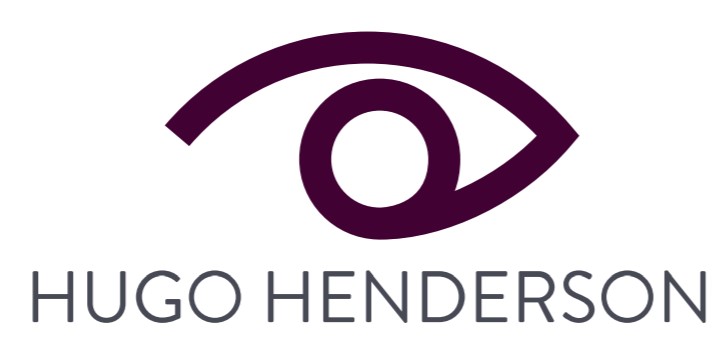Ptosis Surgery
Droopy Eye Repair
Ptosis (Droopy Eye / Drooping Eyelids)
Droopy Eye, or Ptosis (pronounced Toe-sis) is also commonly known as Drooping Eyelids. This is when the upper eyelid droops over the eye, in some cases blocking the upper field of vision, and on a cosmetic level it can detract from a person’s appearance and make them appear ‘sleepy’. The condition can either be present from birth (where the cause is often the lack of development of the levator muscle) or is acquired as a person ages. Ptosis surgery in adults is often combined with blepharoplasty and brow lift procedures.
At Your Consultation
We will need your complete medical history, so make sure you have checked your own records and bring this information with you. We will specifically ask if you have any allergies, whether you are taking any vitamins, medications, or other drugs (both prescription and over the counter) and if you smoke. In addition, glasses and contact lens wearers should bring them with you. We would also like to have any relevant information from your optician, or a record of your most recent eye exam.
Ptosis can be the result of muscle, tumour or nerve disease, so we will need to first of all determine the specific cause. At your consultation, a full eye exam will be required and blood samples are sometimes needed. If Ptosis is a result of a disease or tumour, these will need to be treated before undergoing surgery.

Before Your Surgery
We will send you guidelines on how to prepare for your surgery, including what to eat and drink, which vitamins and medications to take and which to avoid, and what to do if you smoke. To optimise your chances of a safe and successful surgery, it is essential that you follow these guidelines. You may also need to arrange for someone to drive you home after surgery and be around to help you out at home if needed for a few days.
During the Surgery
The surgical procedure usually involves either shortening the levator muscle or attaching it to the muscles of the brow restoring the eyelid to its normal position. This is particularly applicable when the condition has been present from birth. The shortening procedure is normally performed under local anaesthetic as it is easier to take a more accurate assessment of the height of the lid at the time of surgery. Occasionally, the surgeon may opt to raise the lid by suspending it from the brow. This will be done using manufactured material or your own body tissue which will be taken from your leg through a small skin incision above the knee.
Surgery is often performed on both eyes in order to achieve a better, more symmetric, cosmetic result.
After Your Surgery
Following the procedure, you will be given some antibiotic and lubricant drops to put in your eye, and some ointment for night-time. It is essential that you use these, as these drops will help to prevent drying of the eye’s surface and reduce the chances of infection. If tissue has been taken from the knee, a firm dressing will have been applied after the operation and this is usually removed at your first outpatient appointment. Under the dressing will be a stitch which will need to be removed about ten days after your surgery. This removal can be done by your own GP should you prefer.
Recovery Timeline
– 2 days: You may wash or shower (no baths)
– 10 days: you may bathe
– 14 days: swimming is allowed, provided there is no redness in your eyes
What Are The Risks?
Providing that you chose an appropriately qualified oculoplastic surgeon, and follow all the advice and guidelines given, the risks associated with this surgery tend to be infrequent and minimal. Some minor complications that can occur include:
- infection and/or dry eyes
- over or under-correction of Ptosis
- asymmetry of the eyelids
- bleeding/bruising
If an infection develops it is important it is treated quickly, as it may affect the results of the surgery if left untreated.
While we will talk to you extensively during your consultation, it is important to note that the results of this type of surgery are difficult to predict. 95% of patients treated by an experienced oculoplastic surgeon will be satisfactorily corrected in one operation. However, the remaining 5% will require further procedures to correct problems such too low or too high eyelids, an irregular curve or a defective
skin crease.
